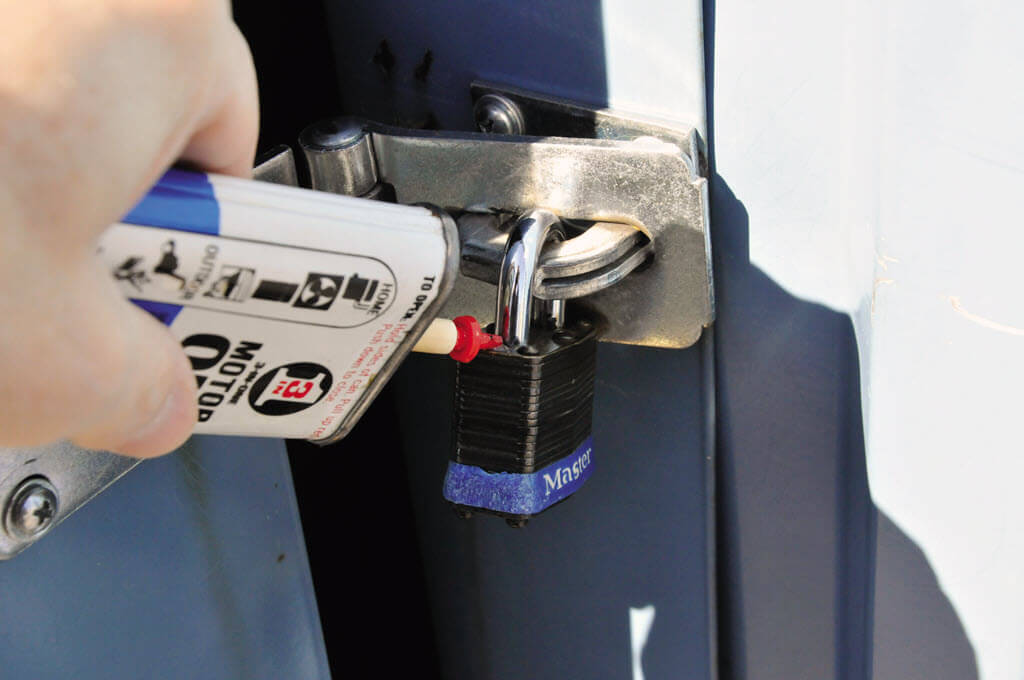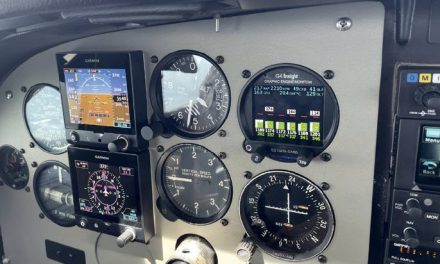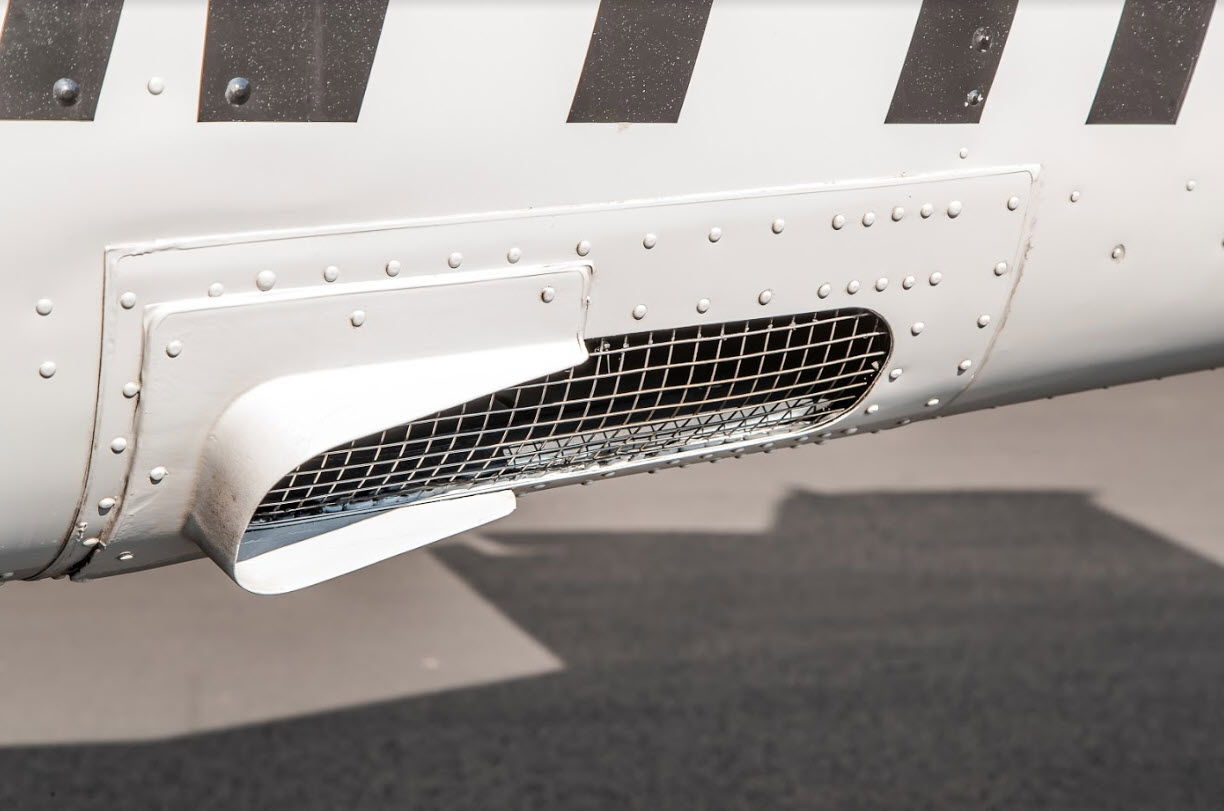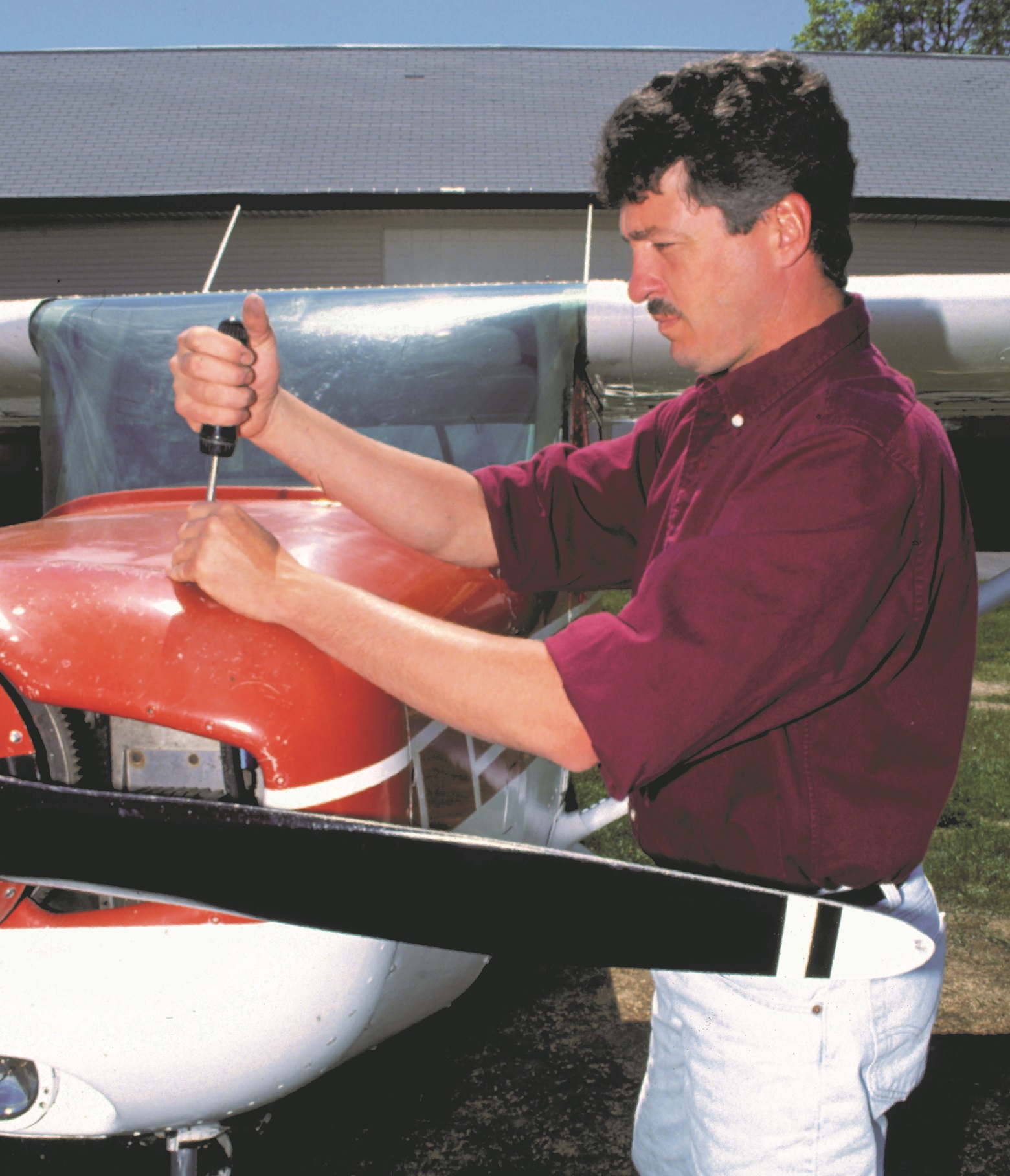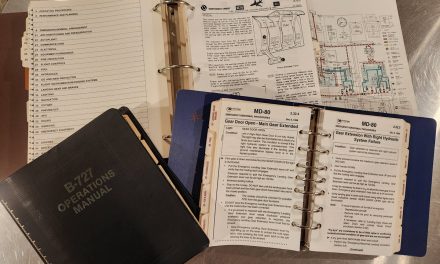Like it or not, winter’s coming. Don’t forget to prep your plane for the best flying of the year!
By Scott Sherer
I know, I know — it’s cold outside and all you want to do is watch football and “Gold Rush” on TV. But this is the best flying season of the year! The skies are blue, the air is dense, and now is the time your airplane performs best. In fact, if you make the effort, you’ll be greatly rewarded with the highest performance that your airplane is capable of.
You need to be ready, though, so here’s a simple winter preparation checklist. Get out there while it’s still warm and get your plane ready now — it’s worth it!
Hangar Maintenance
- Hangar doors: Whether you have sliding doors, bi-folds, or an overhead door, this is the time to adjust and lube them.
- Locks: Have you ever landed after a long trip and been locked out of your hangar? January isn’t a good month for your lock to freeze, so be sure to clean and oil your door lock.
- Entry Door: If you have an entry door, lube the hinges.
- Furnace: If you have a furnace or other kind of heater, it would be wise to test and fuel it.
- Clean hangar: Remove your airplane from the hangar and move it away from the hangar apron. Get a broom or leaf blower (I prefer the latter) and sweep or blow the dirt and dust out of the hangar. This will help keep you from tracking it into your airplane.
Tug Maintenance
- Battery: Check and make sure that your battery fluid is at the right level.
- Charger: Make sure that your charger works.
- Gas Engine: Change the oil and spark plugs. Test it and get fresh gas in your gas can.
- Wheels: Lube the wheels. Pulling an airplane across snow or ice is tough on those tugs! If you use snow chains, get them ready.
- Tires: Check the tire pressure and pump them up if necessary.
Airplane
- Wash the airplane: Get the oil off the belly and remove the bugs from the leading edges and windows.
- Vacuum the interior: Get the dust and dirt out of the airplane. Your vacuum pump, filter, and instruments will appreciate this.
- Tire pressure. Get those tires up to the right pressure! When it gets cold out, the air is denser and tires deflate a bit. This makes it harder to taxi, increases your takeoff roll, and reduces the life of your tires.
- Oil Cooler Winterization Plates: If you use an oil cooler winterization plate, this is the time to put it on your oil cooler. Don’t forget that your oil needs to reach 180° F to vaporize water out of the oil and for your engine to run properly.
- Hot Plate: If your airplane uses a windshield hotplate as part of its FIKI (flight into known ice) deicing package, it’s time to install and test it. Examples: Piper Navajo and Seneca.
- Oil: It may be time to change your oil. If you haven’t looked at your oil level lately, do it now.
- Pre-flight check: I know you own your aircraft, and you’re the only one flying it, but do a thorough preflight check. No shortcuts here! Check everything meticulously — every single item, no exceptions. Winter isn’t an optimal time for problems, and standing out on a tarmac in January working on your airplane trying to fix or adjust something isn’t any fun. Don’t forget to test your pitot heat and other anti-ice devices if you have them, i.e. hot props and heated windshields and boots. And be sure to check those static ports for bugs and other debris.
- Fuel: Drain all of your tanks and check for dirt and water. Also look at each fuel drain (I have 10 of them on my plane!) for leaks. Now is the time to replace any drain that looks marginal. Changing one in the dead of winter is painful. Ever get gasoline on your bare hand in January? Brr!
- Flight Controls: Check your ailerons, flaps, elevator, and rudder for looseness, missing bolts, missing bonding straps, or missing safety wires. Check that elevator again for looseness by holding it at the tip and moving the elevator up and down. Is there any looseness there? If so, you’re grounded until your A&P can check it out. There are only four bolts holding your elevator on, and you want these to be functioning perfectly!
- Battery: Make sure the fluid level is where it should be if it’s a lead-acid battery. Check the cables for corrosion where they attach to the battery and clean if necessary. If your battery is aging — say somewhere in the three- to four-plus-year range — monitor its performance; it may need changing. If in doubt about battery maintenance, check the documentation that came with it. If you don’t have that documentation, go to the manufacturer’s website and you’ll find a maintenance webpage for your battery.
- Heat: If your airplane is heated by an exhaust muff, you should test it next time you’re in the air. If you have a furnace, check that, too. Go to Sportys.com or AircraftSpruce.com and purchase a new carbon monoxide sensor. This $4 investment will give you peace of mind while you’re flying.
- Engine pre-heaters: If you have an engine pre-heater, this is a good time to test it. I use electric oil-pan heaters and kerosene torpedo heaters. I purchase a couple of extra gallons of kerosene and top the heaters off for the winter. I plug in the oil-pan heater and put my hand on the heating pad to make sure it’s warm. I also put another heating pad under my battery. It’s easy to check that, too. Just plug it in and feel for the heat.
I know that this seems like a lot of work, but you can do all of it in a couple of hours. You are then free to enjoy the blue skies and extreme aircraft performance that your aircraft is going to reward you with. Now dress warmly and get out there and have fun. It’s definitely worth it!

